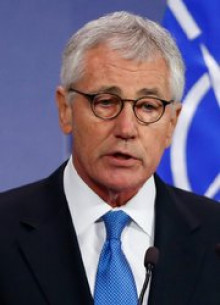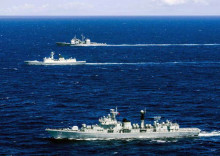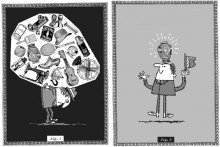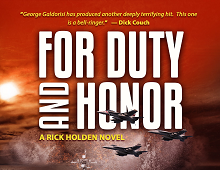Reboot!
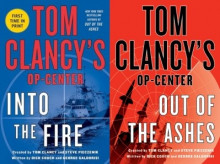
When Dick Couch and I were offered the opportunity to “re-boot” the Tom Clancy Op-Center series we wanted to pick the spot where we knew there would be churn when the book was published – and for some time afterwards. The Middle East was our consensus choice. As we put it in Tom Clancy’s Op-Center: Out of the Ashes:
The Muslim East and the Christian West have been at war for over a millennium. They are at war today, and that is not likely to change in the near future. As Samuel Huffington would put it, the cultures will continue to clash. In the past, the war has been invasive, as during the time of the Crusades. The Muslims have also been the invaders as the Moors moved north and west into Europe. Regional empires rose and fell through the Middle Ages, and while the Renaissance brought some improvements into the Western world, plagues and corrupt monarchies did more to the detriment of both East and West than they were able to do to each other.
In time, as a century of war engulfed Europe and as those same nations embarked on aggressive colonialism, the East-West struggle was pushed into the background. But it was not extinguished. The rise of nationalism and weapons technology in the nineteenth century gave rise to the modern-day great powers in the West. Yet the East seemed locked in antiquity and internal struggle. The twentieth century and the thirst for oil were to change all that.
The seeds of modern East-West conflict were sown in the nations created by the West as Western nations took it on themselves to draw national boundaries in the Middle East after the First World War. After the Second World War, Pan-Arab nationalism, the establishment of the state of Israel, the Suez crisis, the Lebanese civil war, and the Iranian revolution all kept tensions high between East and West. Then came 9/11. While it was still a Muslim-Christian, East-West issue, the primacy of oil and oil reserves remained a catalyst that never let tensions get too far below the surface.
The events of September 11, 2001, and the invasions that were to follow, redefined and codified this long-running conflict. It was now a global fight, from Afghanistan to Iraq to Yemen to North Africa and into Indonesia, Thailand, the Philippines, and beyond. It was global, nasty, and ongoing. Nine-eleven was pivotal and defining. For the first time in a long time, the East struck at the West, and it was a telling blow.
Surveys taken just after 9/11 showed that some 15 percent of the world’s over 1.5 billion Muslims supported the attack. It was about time we struck back against those arrogant infidels, they said. A significant percentage felt no sympathy for the Americans killed in the attack. Nearly all applauded the daring and audacity of the attackers. And many Arab youth wanted to be like those who had so boldly struck at the West.
But as the world’s foremost authority on the region, Bernard Lewis, put it, the outcome of the struggle in the Middle East is still far from clear. For this reason, we chose the Greater Levant as the epicenter of our story of Op-Center’s reemergence.
As we suggest – this churn will last a long time. And these maps help tell the story:


